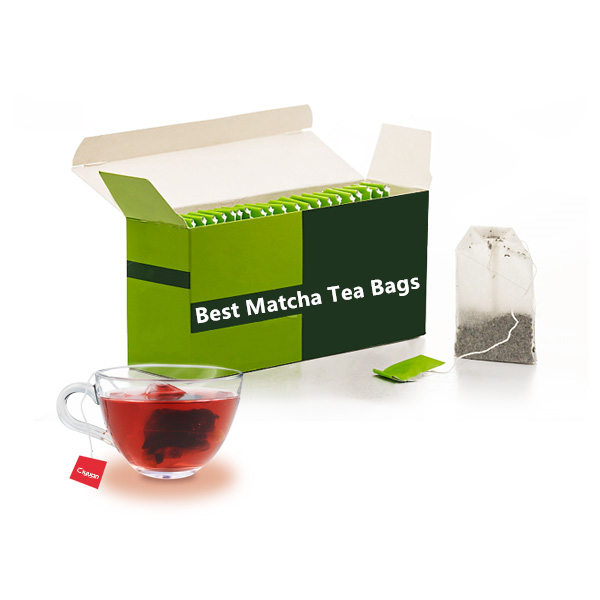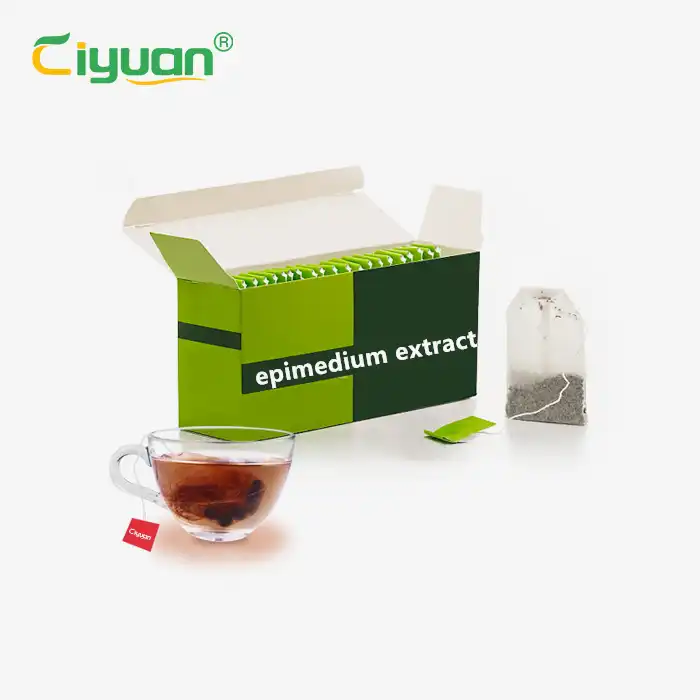Cordyceps Tea: A New Healthy Choice
 2025-08-12 11:28:42
2025-08-12 11:28:42
Cordyceps tea is a very high-end gift choice in China. Because Cordyceps sinensis is a very precious traditional Chinese medicine, its value is regarded as extremely high. Moreover, it grows in high-altitude areas without pollution, so wild Cordyceps sinensis has high nutritional value and is also very expensive, earning the reputation of "one liang of Cordyceps sinensis is one liang of gold". Therefore, Cordyceps tea is a high-end gift and has always been favored by the wealthy. Now let's take a look at various information about Cordyceps.
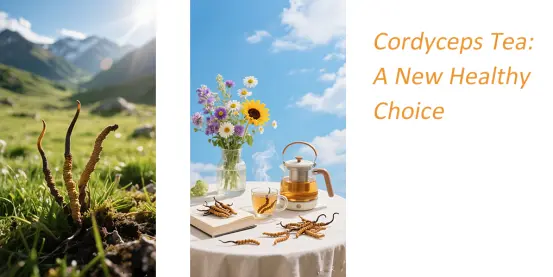
Introduction to Cordyceps
Cordyceps sinensis is formed by the connection of the insect body and the mycelium, with a total length of 9 to 12 centimeters. The insect body is like a three-sleeping old silkworm, about 3 to 6 centimeters long and 0.4 to 0.7 centimeters thick. It has a deep yellow appearance, is rough, and has many horizontal wrinkles on its back. There are 8 pairs of legs on its ventral side, and the 4 pairs located in the middle of the insect body are clearly visible. The cross-section is full inside, white with a slight yellowish tint, and the periphery shows a deep yellow color. The mycelium emerges from the head of the insect body, is rod-shaped, curved, and slightly swollen at the upper part. The surface is grayish-brown or dark brown, with a length of up to 4 to 8 centimeters and a diameter of approximately 0.3 centimeters. When broken, the heart is empty, pinkish-white. Slightly stinky and bland in taste. The best ones are those with a bright yellow body color, plump and large appearance, a yellowish-white cross-section, and short mycelium.
The Chemical Composition of Cordyceps
Cordyceps tea contains 10.84% water, 8.4% fat, 25.32% crude protein, 18.53% crude fiber, 28.90% carbohydrates and 4.10% ash. The fat contains 13.00% saturated fatty acids and 82.2% unsaturated fatty acids. In addition, it contains about 7% cordycepic acid, which is an isomer of quinic acid. It also contains cordyceps sinensis extract and is a light yellow crystalline powder. In test tubes, it can inhibit the growth of Streptococcus, Bacillus anthracis, Bacillus anthracis, Bacillus porcine hemorrhagic septicemia and Staphylococcus. It also contains 0.29 micrograms of vitamin B12 per 100 grams.
The Distribution Status of Cordyceps tea
Cordyceps sinensis is mainly distributed in high-altitude areas at around 4,000 meters in Qinghai, Xizang, Sichuan, Yunnan, Guizhou and Gansu provinces of China. It is also farmed in Jilin Province in Northeast China. Professionals further classify them into Qinghai grass, Tibetan grass, Sichuan grass, Yunnan grass, etc. based on their different origins. Some people also collectively refer to those produced in Qinghai and Xizang as Tibetan Cordyceps sinensis. Generally speaking, the intrinsic quality of Cordyceps sinensis produced in Qinghai and Xizang is better than that from other places.
Cordyceps sinensis, also known as Cordyceps or winter worm grass, is a complex of the stroma of the fungus Cordyceps sinensis parasitizing on the larva of the bat moth and the larva's corpse. It belongs to the order Ergotricales, family Ergotricales, and genus Cordyceps. As the name suggests, Cordyceps sinensis is a worm in winter and turns into grass in summer. Cordyceps sinensis is produced by an animal called the bat moth, which lays its eggs underground and allows them to hatch and grow into larvae resembling silkworms. In addition, there is a type of spore that seeps into the ground through water, specifically targeting the larvae of the bat moth to parasitize and absorb the nutrients of the larvae, thereby rapidly reproducing. This is called Cordyceps fungus. As the mycelium gradually grows, the larvae also gradually grow and emerge from the ground. The larvae will die when the mycelium multiplies to fill the insect body. At this time, it happens to be winter, which is what is called a winter insect. When the temperature rises, the mycelium will gradually sprout from the head of the winter insect and grow into a fungal stroma resembling grass, which is called summer grass. The head of the stroma of the fungus contains ascosacs, within which spores are contained. When the ascosacs mature, the spores will be released and search for the larvae of the bat moth again as hosts. This is the cycle of Cordyceps sinensis.
The Effective Components of Cordyceps Tea
According to modern pharmacological research, Cordyceps tea from Qinghai contains approximately 7% cordycepic acid, 25% protein, and 8.4% fat, among which 82.2% are unsaturated fatty acids that the human body cannot synthesize but are essential. It also contains 28.9% carbohydrates, 12 kinds of free amino acids, and 18 kinds of hydrolyzed amino acids. Among them, all eight amino acids that adults must obtain from food are present, as well as histidine which is essential for the growth and development of young children. In addition, it also contains comprehensive vitamin B12, ergosterol, hexose sugar alcohol, alkaloids, etc.
The Usage Method of Cordyceps Tea
Cordyceps sinensis tea should not be steeped in water for drinking. If only boiling water is used to brew Cordyceps sinensis tea, its effective components cannot be brought out. Therefore, to bring out its maximum value, Cordyceps sinensis tea should be boiled over low heat. The correct way to cook Cordyceps sinensis is to add about one cup of water to it, simmer over low heat for ten minutes, then immediately pour out the water and drink it. Add more water and boil for another ten minutes. After drinking it, add more water and boil again. Repeat this process of adding water and boiling until the water boiled with Cordyceps sinensis becomes light.
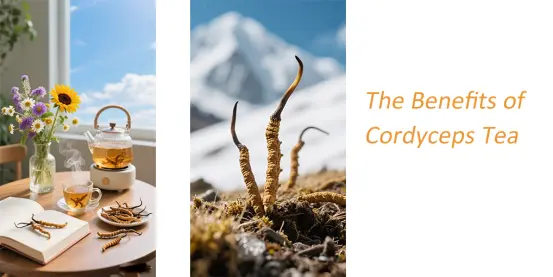
Summary
Cordyceps tea is a traditional and precious medicinal diet tonic in China. It is neutral in nature and sweet in taste, and has the functions of tonifying the lungs and kidneys, relieving cough, benefiting deficiency and nourishing essence and qi. According to clinical research reports, Cordyceps sinensis has ten major functions, including nourishing lung Yin, tonifying kidney Yang, relieving cough and phlegm, and anti-cancer and anti-aging. It is a mild tonic that can balance Yin and Yang without any restrictions (suitable for people of all ages and genders), making it the most widely applicable tonic. There is no need to avoid certain foods, which is highly beneficial to the body, nourishing essence and benefiting the lungs and kidneys. Moreover, its nature is mild and it does not cause dry heat like human ginseng. It has the benefits of ginseng but no harm. It can be used for pulmonary tuberculosis with hemoptysis, impotence and spermatorrhea, etc. Such as Dong Baogan Tai, Bai Ling Capsules, Jin Shui Bao. In addition, if one is physically weak after illness, sweats spontaneously and feels cold, Cordyceps sinensis can be stewed with duck, chicken, pork and other ingredients for consumption, which has the effect of tonifying deficiency and supporting weakness. Modern research shows that Cordyceps has the effect of relieving asthma.
Note: Cordyceps militaris (L.) Link. The fruiting body and the insect body of Cordyceps sinensis can also be used as medicine.


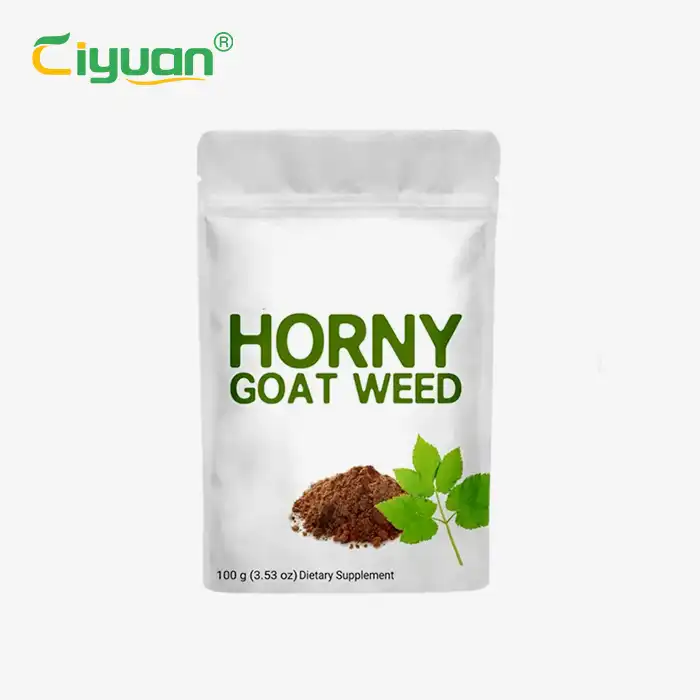
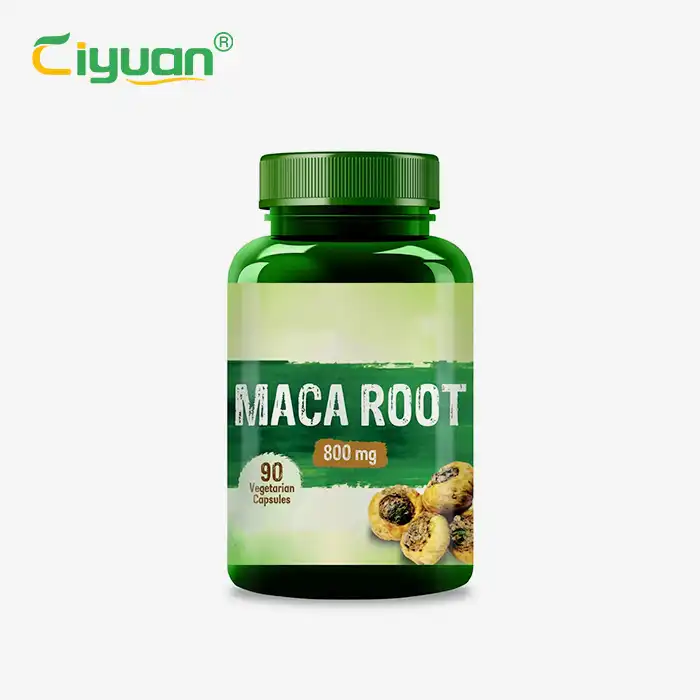
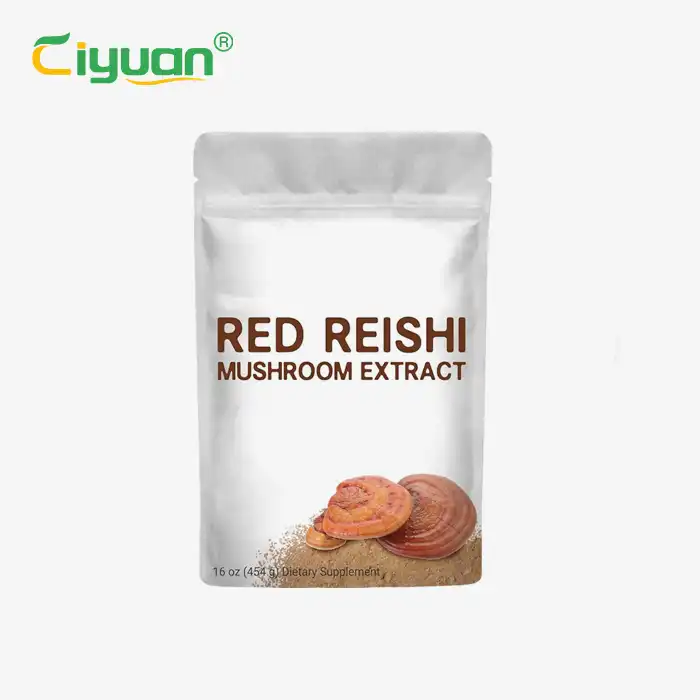





_1750401612782.webp)
_副本_1751439743638.webp)
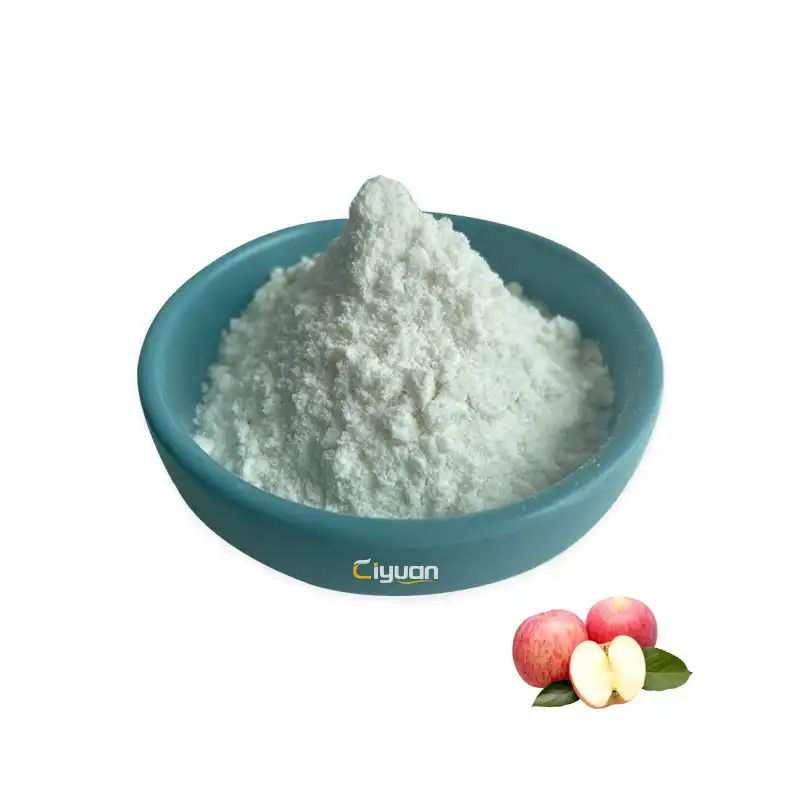
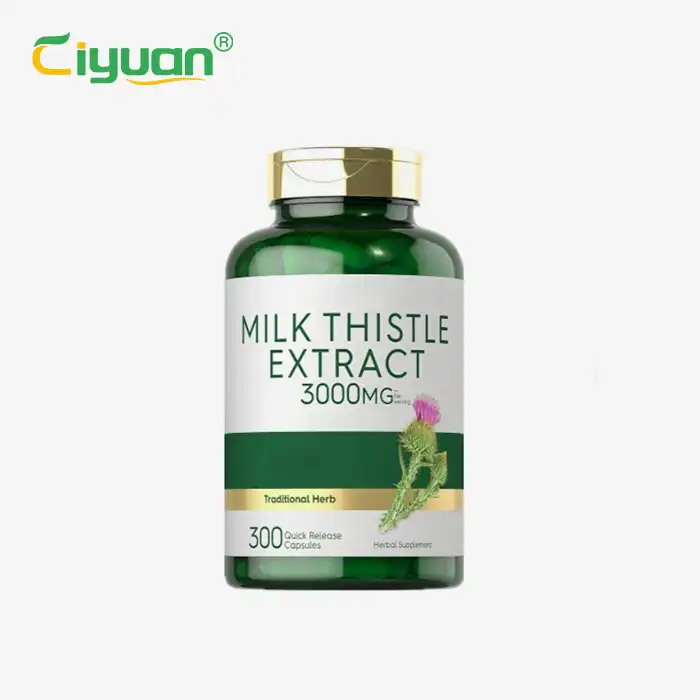
_1750404720514.webp)
_1753947367024.webp)
